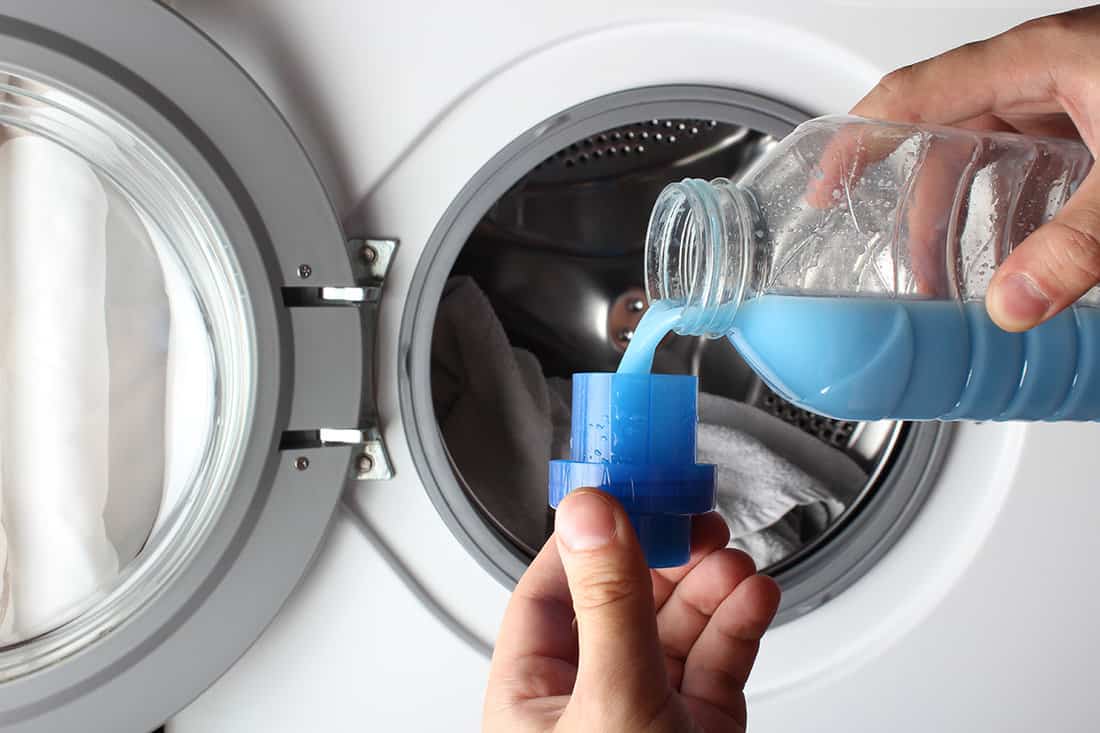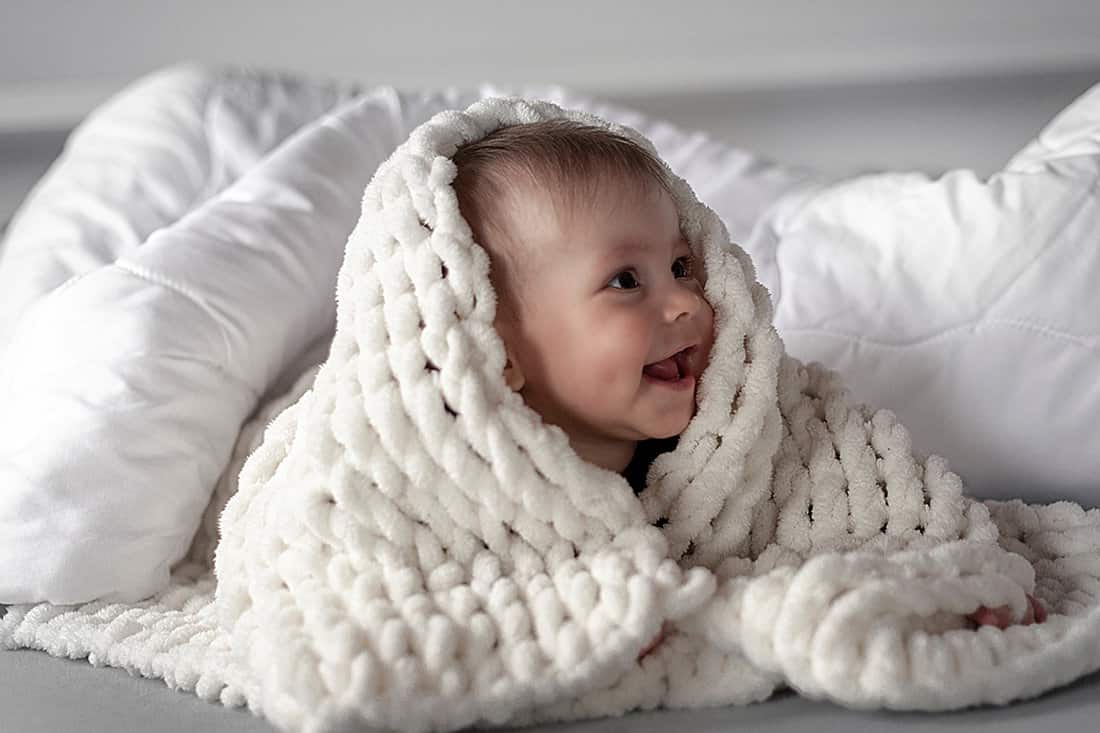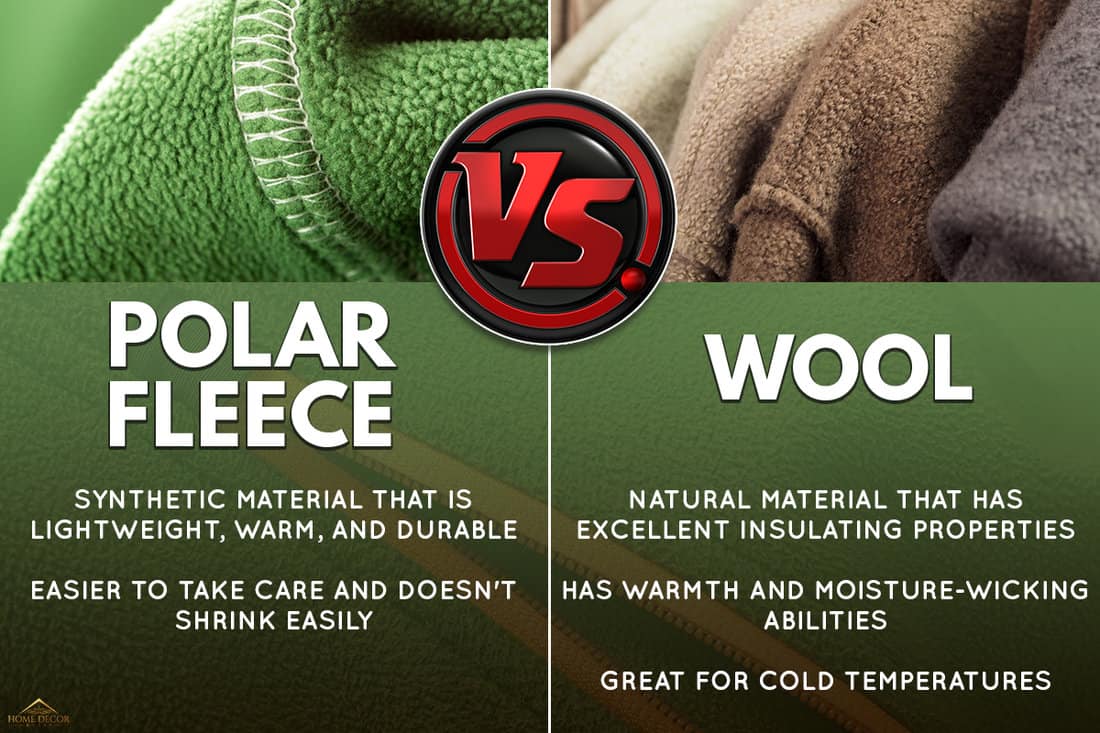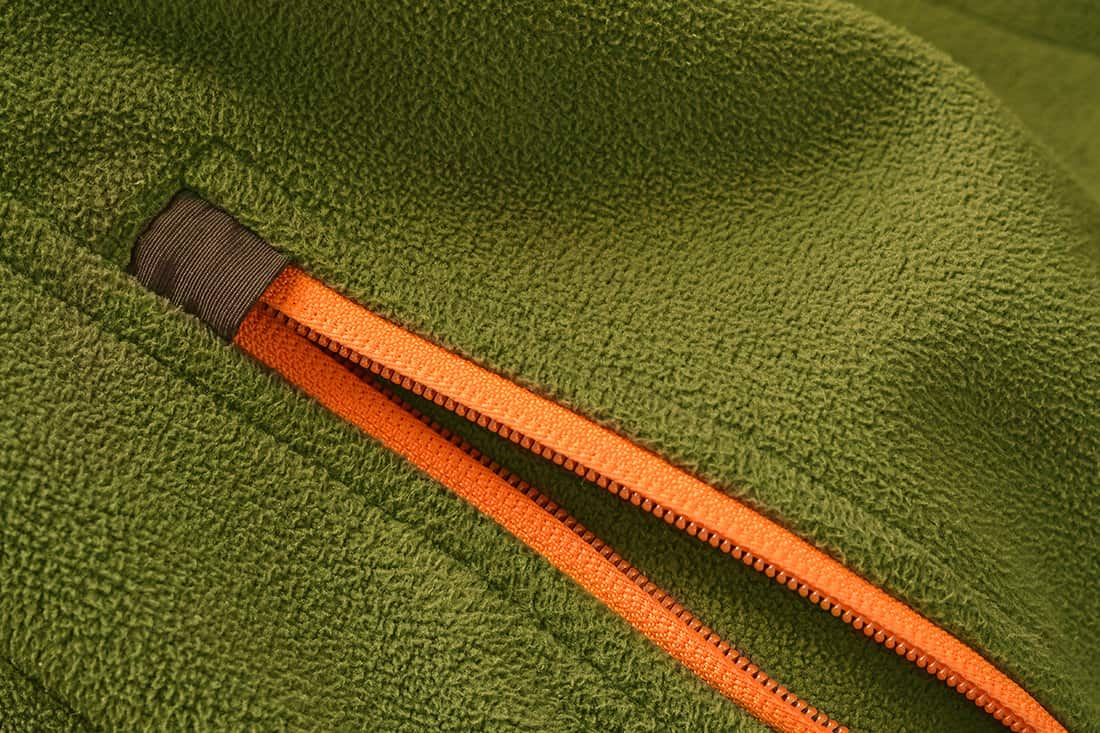Polar fleece is a delicate fabric to wash, but it can easily be done in a washing machine. Before you do, you need to know whether or not you should use fabric softener. Let's take a look to see when fabric softener is okay to wash with polar fleece.
When washing your polar fleece, you want to avoid using fabric softener, as it can reduce the effectiveness of the fabric and cause it to become less soft and fluffy. Instead, wash polar fleece in gentle detergent with cold water by hand or on the delicate cycle to avoid pilling. After, let the polar fleece air dry, or put on a low tumble dry.
The last thing you want is for your blanket or clothing to become damaged by washing it wrong. In this article, we will take a closer look at how to wash polar fleece properly. In addition, we will answer other frequently asked questions about polar fleece and fabric softener, so read on!
Why Should You Avoid Using Fabric Softener On Polar Fleece?
Made from polyester, polar fleece is a soft and fluffy synthetic fabric that is lightweight and warm. It is used for making blankets, jackets, and other clothing. Even though it is a warm material, it can be delicate when washed.

Even though fabric softener is used to make clothing and blankets soft, when used on the polar fleece, it can leave a residue that makes the fabric less effective. This will not only make the fabric less soft and fluffy but also reduce its warmth. In addition to this, using fabric softener can cause pilling of your polar fleece garments or blankets.
When washing polar fleece, it is best to avoid fabric softener altogether. Instead, opt for a gentle detergent and cold water. Make sure you also choose a delicate cycle in your washing machine to keep the fabric from becoming damaged.
You can also hand-wash polar fleece in cold water. After washing, make sure to let it air dry or put it on a low tumble dry setting. This will help keep the fabric from becoming damaged and maintain its softness and warmth.
To make for a full load of washing, add in a few other garments that are made from similar fabrics. This will help keep the fabric from becoming damaged during the spin cycle.
By following these simple steps, you can make sure that your polar fleece garments and blankets remain soft and cozy for years to come!
What Other Materials Shouldn't You Use Fabric Softener On?
Polar fleece isn't the only material you should avoid using fabric softener on. Let's take a look at some of the other materials you should avoid when washing.
Stretchy Materials
Commonly used to make swimwear and activewear, polyurethane can become damaged if fabric softener is used. This is because the fabric softener will reduce the effectiveness of the material and cause it to break down faster.
This also includes materials such as spandex, lycra, nylon, and other stretchy fabrics. These materials are great for swimwear because they don't absorb as much water and dry quickly. However, when fabric softener is used, it can cause them to absorb more water.
As a result, these materials can be susceptible to mold growth and bacteria.
Microfiber
Like polar fleece, microfiber is a delicate fabric that can easily be damaged if washed incorrectly. Microfiber is commonly used to make clothing, such as towels, robes, and bedding.
When washing microfiber, it can still be done in the washing machine but should be done on a delicate cycle with cold water. To avoid pilling of the fabric, you should also avoid using fabric softener.
Baby Clothes
No matter the material the baby clothes are made from, fabric softeners should not be used on any. This is because baby skin is delicate and can easily become irritated by the residue left by fabric softeners.
Instead, use a free and clear detergent and cold water when washing baby clothes. This will help keep their skin healthy and prevent any irritation from occurring.
Flame-Resistant Clothing
Many children's pajamas and sleepwear are made from flame-resistant materials. These materials are designed to protect the wearer from burns in the case of a fire.
Fabric softeners can reduce the effectiveness of these flame-resistant materials, making them less effective at protecting against burns. To ensure that they are still able to do their job, avoid using fabric softener when washing these items of clothing.
Wool
We sometimes add affiliate links and content that was curated and created by our team with the help of advanced ai tools to help showcase the best design styles.

Clothing and blankets made from wool are often very soft and cozy. However, using fabric softener on them can damage the fibers of the material and make it less effective at keeping you warm.
In addition, merino wool does an outstanding job wicking moisture. When you use fabric softener on merino wool, it can reduce its ability to wick away moisture.
To keep wool items soft and cozy while still being effective, use a mild detergent made for washing delicate fabrics and cold water. Avoid using fabric softener altogether to help make sure your wool items last as long as possible.
Is Polar Fleece Or Wool Better?

While they both are washed a certain way, polar fleece and wool have different benefits and drawbacks. Polar fleece is a synthetic material that is lightweight, warm, and durable.
It is also easy to take care of and doesn't require any special laundry instructions. Wool, on the other hand, is a natural material that has excellent insulating properties, making it great for cold temperatures.
When it comes to its warmth and moisture-wicking abilities, wool comes out ahead. However, polar fleece is easier to take care of and doesn't shrink as easily as wool.
At the end of the day, it is up to you to decide which material is best for your needs. Remember, when washing polar fleece or wool, avoid using fabric softener to help keep them looking and working their best.
Can You Fix Ruined Polar Fleece?

If your polar fleece has lost its softness or has shrunk after being washed in fabric softener, there is not much that can be done to repair it.
You can try to get the fluffy texture back by using a wire brush or a lint roller and brushing it in the direction of the nap. It's worth a try, but it may not go back to its original form.
In the case that the polar fleece shrunk, you can try using water and baby shampoo. It's tough to get the material back to its original size, but you may be able to stretch it back into shape.
There is no guarantee with either of these methods. All you can do is try and hope for the best outcome. The lesson here is to follow the washing instructions and avoid fabric softener to help keep your polar fleece in its best shape.
How Often Should You Use Fabric Softener?

There are benefits to using fabric softeners. For example, it can make your clothes feel softer and smell better. It can also reduce wrinkles and static cling.
However, it is not recommended that you use fabric softener all the time, as there can be drawbacks. For one thing, fabrics treated with fabric softener over time can build up a residue that can make them less effective. It can also leave stains if it comes into direct contact with clothes.
It is best to use fabric softener sparingly and only when it’s necessary. In addition, add a fabric softener during the rinse cycle, as it can be washed away during the wash cycle.
How Can I Soften My Clothes Without Using Fabric Softener?
There are a few ways to soften clothes without fabric softeners. To reduce static and make your laundry softer, add half of a cup of white vinegar to the rinse cycle. Another option is to use baking soda.
Mix 1/4-1/2 cup of baking soda with water and let it dissolve. This can be added directly to the wash cycle. Both white vinegar and baking soda are natural fabric softeners that won’t leave any residue behind.
Final Thoughts
By following these simple tips, you can ensure that your clothes remain soft and in good condition for a long time!
Fabric softeners can be damaging to certain fabrics, so it's important to know which ones should be avoided. Keep this information in mind the next time you’re doing your laundry, and your garments will stay looking their best.
Made it to the end? Here are other articles you might enjoy:
Do Fabric Softener And Vinegar Remove Wallpaper Easily? [And How To]
